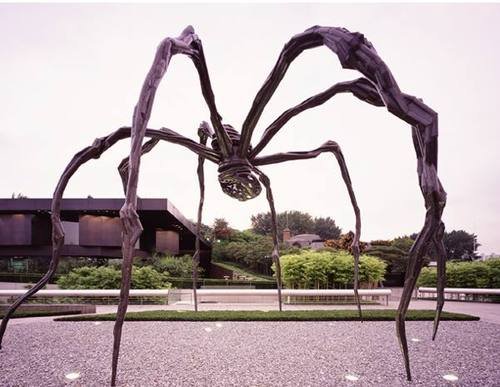Flash Cube
dal 4/7/2007 al 29/9/2007
Segnalato da
Gerard Byrne
David Claerbout
Thomas Demand
Jonas Dahlberg
Geert Goiris
Andreas Gursky
Noritoshi Hirakawa
Klaas Hoek
Candida Hofer
Jan Kaila
Sanggil Kim
Koo Jeong A
Aglaia Konrad
Yoon-jean Lee
Armin Linke
Hermann Pitz
Thomas Ruff
Hiroshi Sugimoto
Haegue Yang
JeongMee Yoon
Mieke Van de Voort
Jeff Wall
Henk Slager
4/7/2007
Flash Cube
Leeum, Samsung Museum of Art, Seoul
The group exhibition charts a series of spatial research strategies implicating a diversity of artistic points of departure such as fluid inner space, open urban space and installative space. The various photographic strategies will be mutually confronted in a transformative way, so that both spatial reflection and spatial experience can occur in dynamic and invigorating ways. Curated by Henk Slager.

Group show
curated by Henk Slager
Coordinator: Hyesoo Woo
Gerard Byrne, David Claerbout, Thomas Demand, Jonas Dahlberg, Geert Goiris, Andreas
Gursky, Noritoshi Hirakawa, Klaas Hoek, Candida Hofer, Jan Kaila, Sanggil Kim, Koo
Jeong A, Aglaia Konrad, Yoon-jean Lee, Armin Linke, Hermann Pitz, Thomas Ruff,
Hiroshi Sugimoto, Haegue Yang, JeongMee Yoon, Mieke Van de Voort and Jeff Wall.
Since its acceptance as a form of art around the 1930s, photography has been forced
as no other artistic medium to justify its medium-specific qualities. Particularly,
the Greenbergian heydays of Modernism have produced such pressing urge for
justification. At that moment around the end of the 1930s, painting had surpassed by
far its interest in the subject of perspectivist illusion. As a consequence,
painting entirely concentrated on the qualities of the two-dimensional surface
implying a passion for painterly components such as planes, colors, and lines. From
that time onwards, the artistic working field of perspectivist painting would be
remediated by photography as an artistic medium.
However, in the artistic practice of our day, which, in line with New York-based
theorist Rosalind Krauss could be said to be determined by a post-medium condition,
the photographic image can no longer be viewed as a mere aesthetic registration of a
situation in the real world. Rather, the topical photographic image demands the
investigation of how the photograph as an imaginary medium produces diverse forms of
realities and worlds which are still based on its perspectivist capacities. Such
researching attitude requires a critical reevaluation - either through other media
or through the history of the photographic medium - of the photographic medium as
such. Subsequently, the medium-specific qualities of the photographic image have
been deconstructed effecting a turn to captivating forms of spatial investigations.
Indeed one could argue that a critical attitude towards framing, centristic, and
perspectivist styles of photography produced a novel generation of photographers
fascinated by spatial environments and architectonic constellations. That
fascination is connected with interesting, topical forms of photographic criticism
on functionalist ways of thought parallel to perspectivist-based photography and on
the subdivision of a 3D world into transparent, comprehensible, and instrumental
entities.
The exhibition Flash Cube will chart a series of such spatial research strategies
implicating a diversity of artistic points of departure such as fluid inner space,
open urban space and installative space. The various photographic strategies will be
mutually confronted in a transformative way in the exhibition's methodology of
mounting (floorplan) - underscored by Rem Koolhaas’ unique non-perspectivist display
system of Leeum's exhibition space - so that both spatial reflection and spatial
experience can occur in dynamic and invigorating ways.
Paneldiscussion: Mapping Photographic Space: Thomas Demand, Jan Kaila, Sanggil Kim,
Aglaia Konrad, Henk Slager, July 5, 1.00-5.00 p.m.
Opening: July 4, 6.00 p.m.
Leeum, Samsung Museum of Art
747-18, Hanam-dong, Yongsan-gu, Seoul



